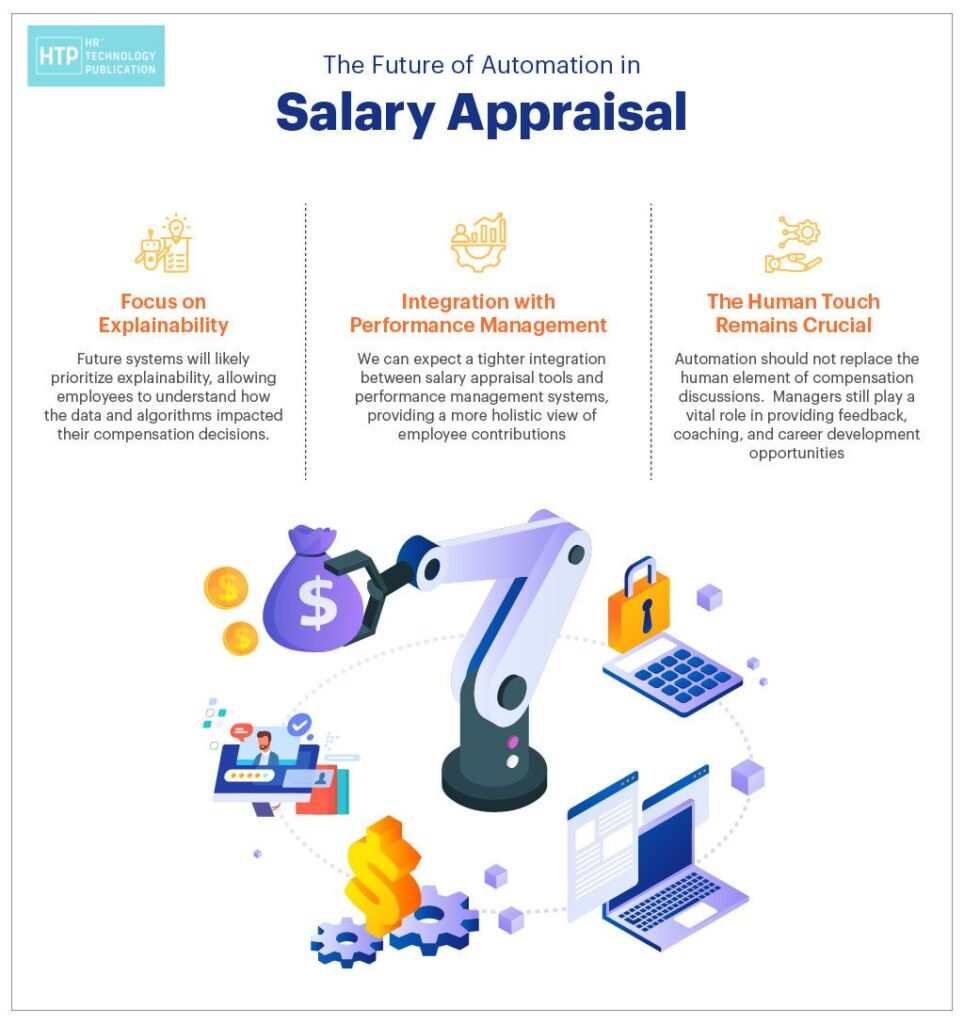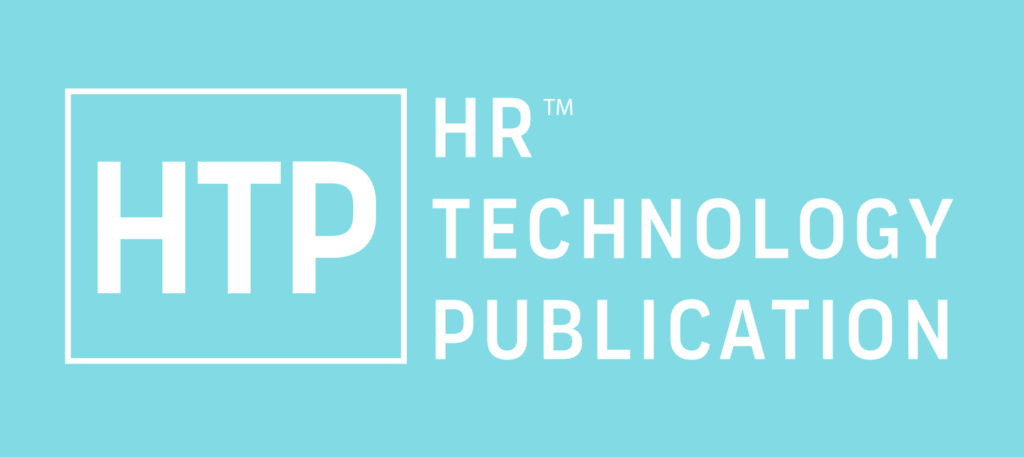The annual compensation review – a nerve-wracking ritual for both employees and managers – is undergoing a significant transformation. Automation in salary appraisal is emerging as a powerful tool, promising to streamline the process, reduce bias, and ensure fairer compensation practices.
The Traditional Approach: Challenges and Limitations
The traditional approach has long been beset by a myriad of challenges and inherent limitations, which can impede organizational progress and hinder employee satisfaction. While once considered the standard methodology for evaluating employee performance and determining compensation, the traditional approach is increasingly recognized for its susceptibility to bias, inefficiency, and opacity. Let’s delve into the core challenges faced by organizations adhering to the traditional salary appraisal model:
Subjectivity and Bias:
- Human managers, despite their best intentions, are susceptible to unconscious biases that may influence their judgment during the appraisal process.
- Research, such as a 2018 report by Harvard Business Review, has highlighted disparities in performance ratings based on factors such as gender, race, or personality.
- Shockingly, studies reveal that women are often rated lower than men on performance metrics, even when their objective performance is equivalent, underscoring the pervasive nature of bias in traditional appraisal systems.
Time-Consuming:
- The traditional salary appraisal process demands significant time and resources from managers and HR personnel.
- Tasks such as gathering performance data, conducting thorough reviews, and engaging in negotiations can prove to be arduous and time-consuming endeavors.
- This inefficiency can result in delays in providing feedback to employees and allocating appropriate compensation, potentially impacting morale and productivity within the workforce.
Lack of Transparency:
- Employees frequently express dissatisfaction with the lack of transparency inherent in traditional salary appraisal procedures.
- The opacity surrounding appraisal criteria and decision-making processes can foster feelings of frustration and disillusionment among employees, eroding trust in organizational leadership.
- Without clear communication and visibility into the appraisal process, employees may perceive evaluations as arbitrary or biased, leading to a sense of unfairness and disengagement.
Automation to the Rescue: Streamlining and Objectifying Compensation
Automation in salary appraisal offers a solution to these challenges. Here’s how it’s transforming the landscape:
- Data-Driven Decisions: Automation allows for the integration of vast amounts of data points, including performance metrics, market rates, and internal compensation structures. This data-driven approach helps remove subjectivity and ensures a more objective evaluation.
- Reduced Bias: By relying on objective data and predefined algorithms, automation can significantly reduce the risk of unconscious bias creeping into the appraisal process.
- Increased Efficiency: Automation tools can automate time-consuming tasks like data gathering, generating reports, and calculating salary increases. This frees up managers’ time to focus on providing employees with meaningful feedback and development opportunities.
- Improved Transparency: Automated systems can provide employees with clear and detailed information about how their compensation was determined, fostering trust and understanding.
Real-World Examples: How Companies are Embracing Automation
Several companies are already reaping the benefits of automation in salary appraisal:
- Adobe: Adobe uses a compensation management system that takes into account various factors, including job title, location, and performance metrics, to determine pay.
- PwC: PwC leverages an automated system that analyzes market data, job descriptions, and performance reviews to ensure fair and competitive compensation across the organization [Source: HR Dive (hrdive.com)].
- Microsoft: Microsoft utilizes a data-driven approach to compensation, considering factors like skills, experience, and market value to determine salaries.

The Way Forward: A Balanced Approach
The evolution of compensation towards automation requires a balanced approach. Here are some key considerations:
- Data Quality: The effectiveness of automation hinges on the quality and accuracy of the data it utilizes. Investing in robust data collection and analysis is essential.
- Employee Communication: Organizations need to clearly communicate how automation is being used in the appraisal process, addressing employee concerns and ensuring transparency.
- Manager Training: Equipping managers with the skills to interpret automated data and effectively communicate compensation decisions to employees remains crucial.
Conclusion: A New Era of Fair and Objective Compensation
Automation in salary appraisal is ushering in a new era of fair, objective, and data-driven compensation practices. While challenges exist, the potential benefits for both employees and employers are undeniable. As automation continues to evolve, we can expect a compensation landscape that is more transparent, efficient, and ultimately, more rewarding for everyone involved.




